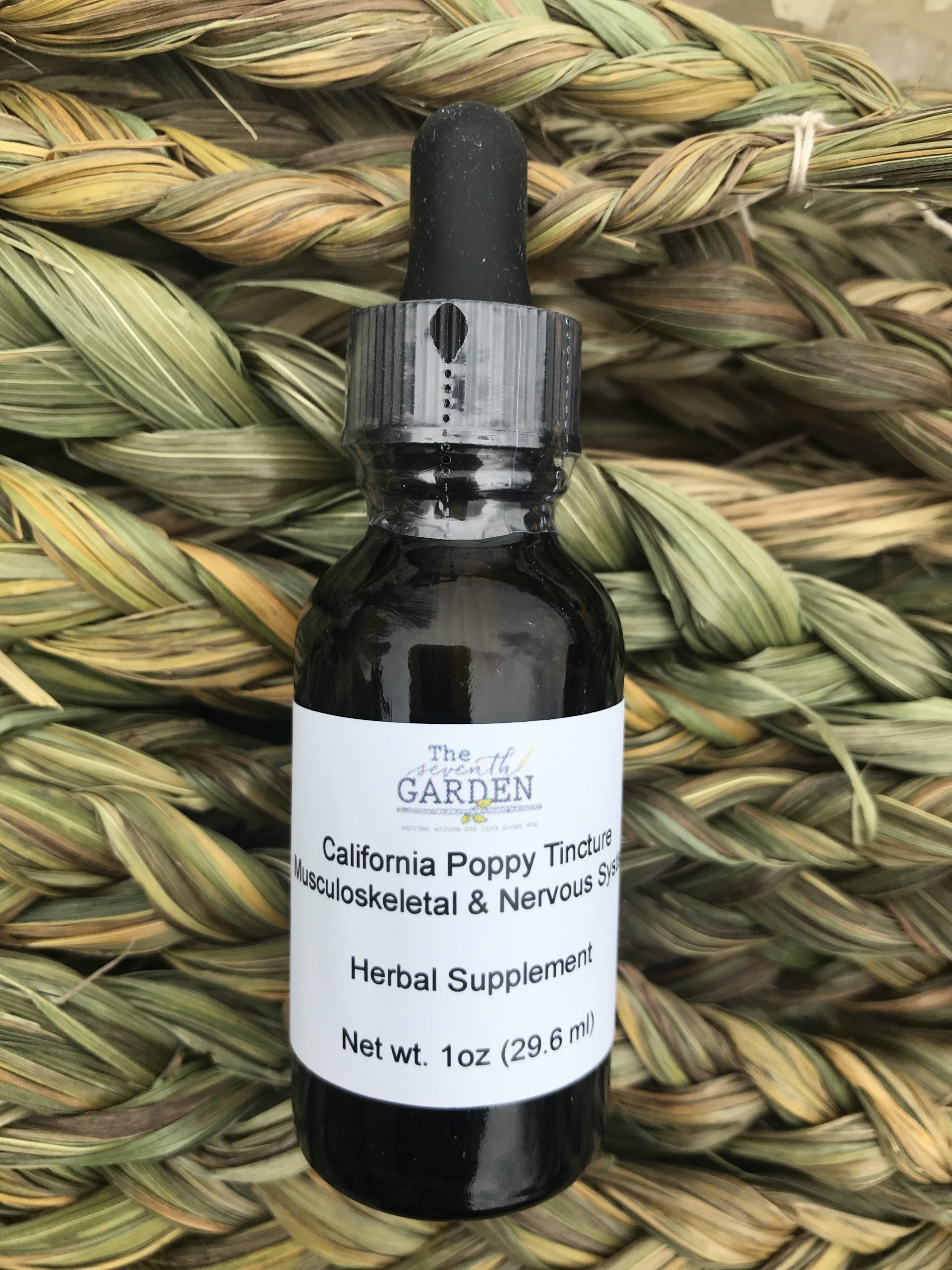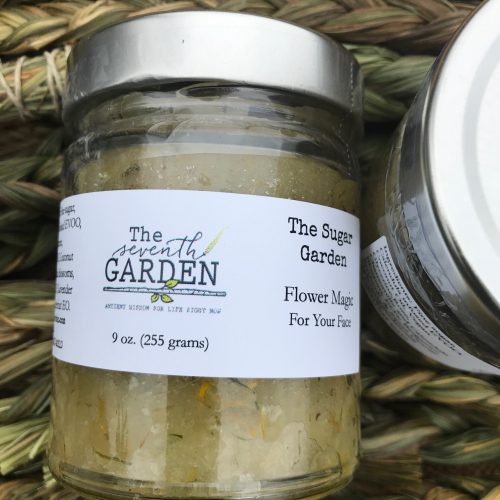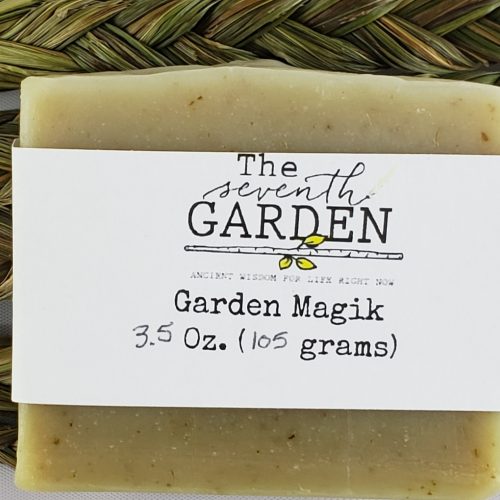California Poppy (Eschscholzia californica)
California poppy is used by Western herbal practitioners for sleep disorders, muscular tension, pain, and anxiety. In the same family as the opium poppy (Papaver somniferum), California poppy demonstrates similar analgesic and anxiolytic applications, but without the narcotic or addictive properties (Mars, 2001). California poppy has been used both internally and externally as an analgesic to address pain of various types: headaches, migraines, and neuralgia (Tierra, 1998; Tierra, 1988), as well as muscular tension, muscle spasms, and backaches (Winston, 2005; Romm, 2009).
California poppy is also used to address a variety of mental complaints including depression, anxiety, melancholia, nervous agitation, hyperactivity, restlessness, insomnia, neurasthenia, and nervous tension (Tierra, 1998; Tierra, 1988; Mars, 2001; Romm, 2009; Marciano, 2015). It is used to reduce stress, aid in relaxation, and to calm the spirit, especially when giving up tobacco or alcohol (Mars, 2001; Winston, 2005; Tierra, 1988). Some herbalists also suggest its use for nervous bowel conditions, and in children, for hyperactivity, anxiety, and enuresis (Marciano, 2015; Natural Standard, 2016).






